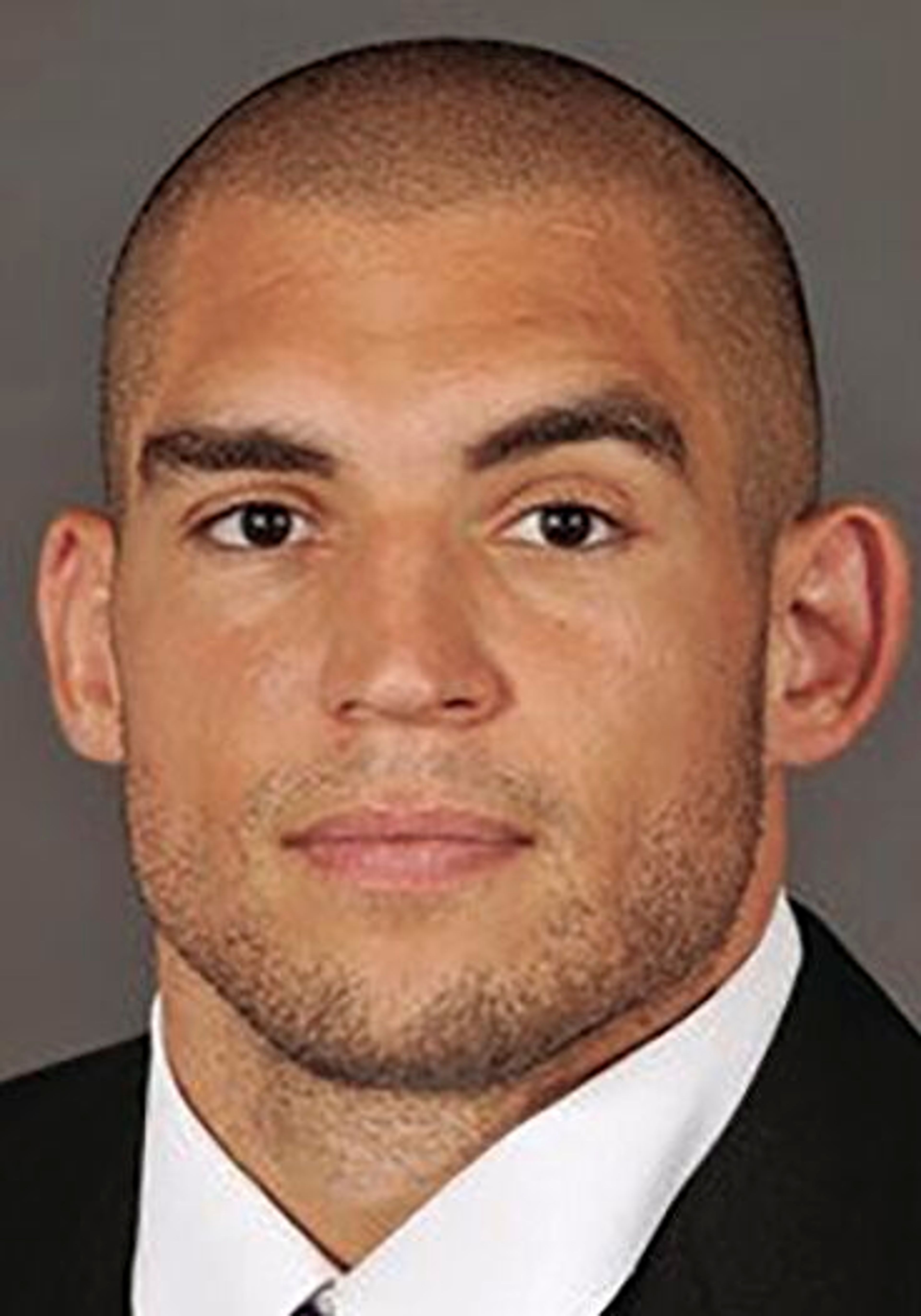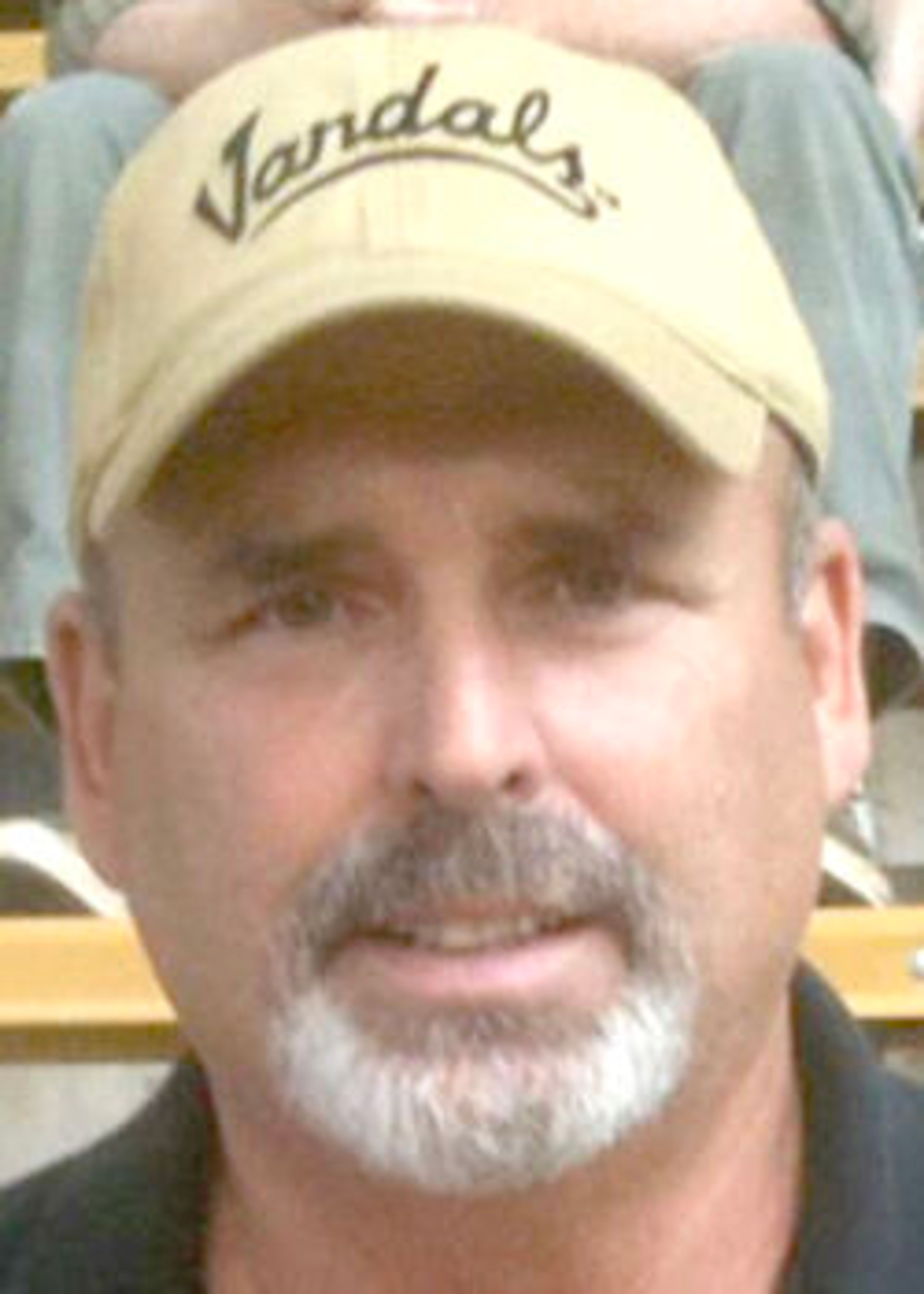Commissioners consider raises for patrol deputies, jail supervisors
Officials also look into shifting eastern boundary of Latah County
The Latah County Sheriff’s Office asked for salary increases for its patrol deputies and detention supervisors, and a county surveyor proposed adjusting the county’s eastern boundary Wednesday at the county commissioners meetings.
LCSO Cpl. Darren Duke said the salaries for patrol deputies and detention (jail) deputies at the sheriff’s office are lower than other law enforcement agency in the region. Duke said the first five years of deputies’ service is when the sheriff’s office tends to lose deputies that it recruited and trained to other agencies.
He said 81 percent of its patrol deputies have been with the sheriff’s office less than 10 years and 62 percent less than five years.
He said LCSO patrol deputies’ entry salary and five-year level salary are lower than agencies in Whitman County, Asotin County, Nez Perce County and the Moscow Police Department.
Duke said the LCSO has about 16 patrol deputies and six patrol supervisors, which make up the largest portion of the sheriff’s office.
The entry level LCSO detention salary ($37,606), five-year salary ($42,993) and maximum salary ($45,427) are all lower than their sheriff’s office counterparts in Kootenai, Nez Perce, Whitman and Asotin counties. County sheriffs’ offices operate jails so other regional police departments were not compared.
Duke proposed increasing patrol and detention salaries next fiscal year, which starts Oct. 1, to be more competitive with regional agencies. The proposal included raising patrol deputies’ $45,948 entry-level salary to $50,542 and their $58,404 five-year level salary to $62,492. The proposed five-year salary would be more than Nez Perce County Sheriff’s Office five-year wage.
Duke said patrol deputies’ maximum pay would still be $67,872 but they would achieve 95 percent of that at seven years instead of 15 years.
Duke outlined a second salary increase proposal but discouraged the commissioners from selecting it.
Commissioner Dave McGraw said the county cannot afford deputies to leave for higher-paying jobs at other agencies.
“I love your proposal,” McGraw said. “This is fantastic. This is great work and this makes complete sense to me.”
Concerning the proposed boundary adjustment, Latah County Surveyor John Elsbury told the commissioners he recommends converting the straight eastern Latah County boundary to a line that zigs and zags at the township boundaries about ¼-mile east or west of the existing boundary.
Elsbury’s recommendation would result in Latah County losing 387 acres, including 114 taxed acreage, to adjoining Shoshone and Clearwater counties.
“The zig zag is by far the best solution that I’ve come up with so far,” he said.
See the full story at dnews.com.
The zig-zag model captures 59 existing legal survey monuments to define the new 27-mile boundary. Elsbury said the 27-mile boundary, which runs due north from the mouth of the North Fork of the Clearwater River, is not clearly defined.
“It doesn’t work very well now,” Elsbury said. “It’s cumbersome, and it’s imprecise.”
A packet Elsbury provided stated shifting the boundary would allow landowners in the area to know exactly where the county line is, so they would be able to better manage their lands in accordance with ordinances of those respective counties.
It stated the legal county boundary would be marked on the ground, coincide with assessor tax rolls and be in accordance with Idaho code. Additionally, a future disaster or emergency may require a precise jurisdictional definition, and a monumented boundary as opposed to an imaginary line of longitude would make that process easier.
In September, Elsbury proposed shifting the boundary about one-quarter mile west but the Latah County commissioners voiced concern about sending more than 2,000 acres of Latah County land to neighboring counties.
“We can’t be known as the commissioners that gave away Latah County,” Commissioner Kathie LaFortune said Wednesday.
For the county boundary to be changed, the Latah, Clearwater and Shoshone county commissioners must make a resolution adopting the new boundary line and the Idaho Legislature must pass a bill to change the boundary to the agreed new line. The governor must then sign the bill to enact the boundary shift, and the three county assessors must adjust their respective tax rolls.
Elsbury said county lines have been adjusted for hundreds of years. He said Latah County adjusted its southern border in the early 1970s.
Elsbury provided four other options besides the zig-zag option. They included leaving the boundary as it is, shifting the boundary westward, shifting it eastward and defining the precise location of the mouth of the North Fork of the Clearwater River.
Cabeza can be reached at (208) 883-4631, or by email to gcabeza@dnews.com.







